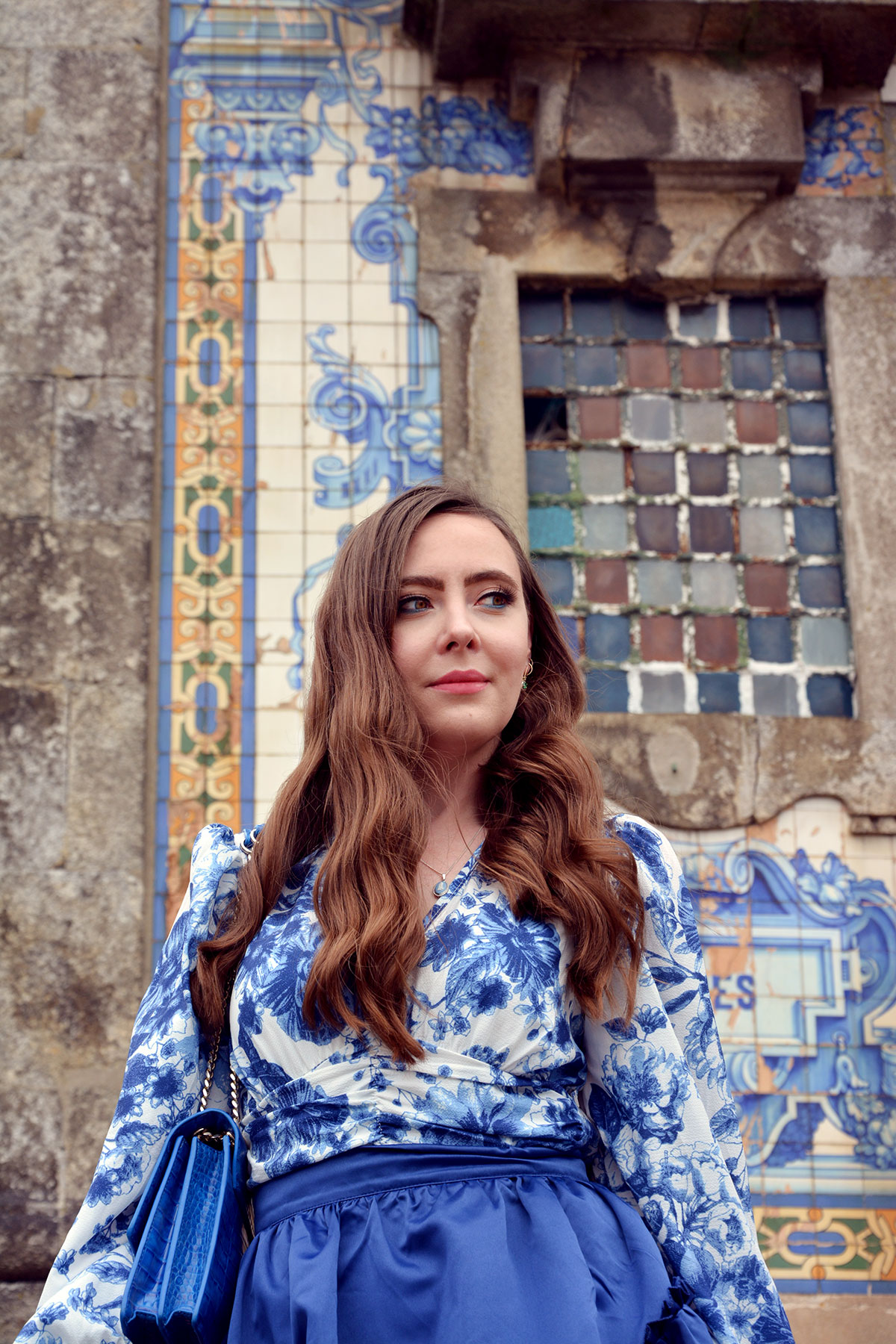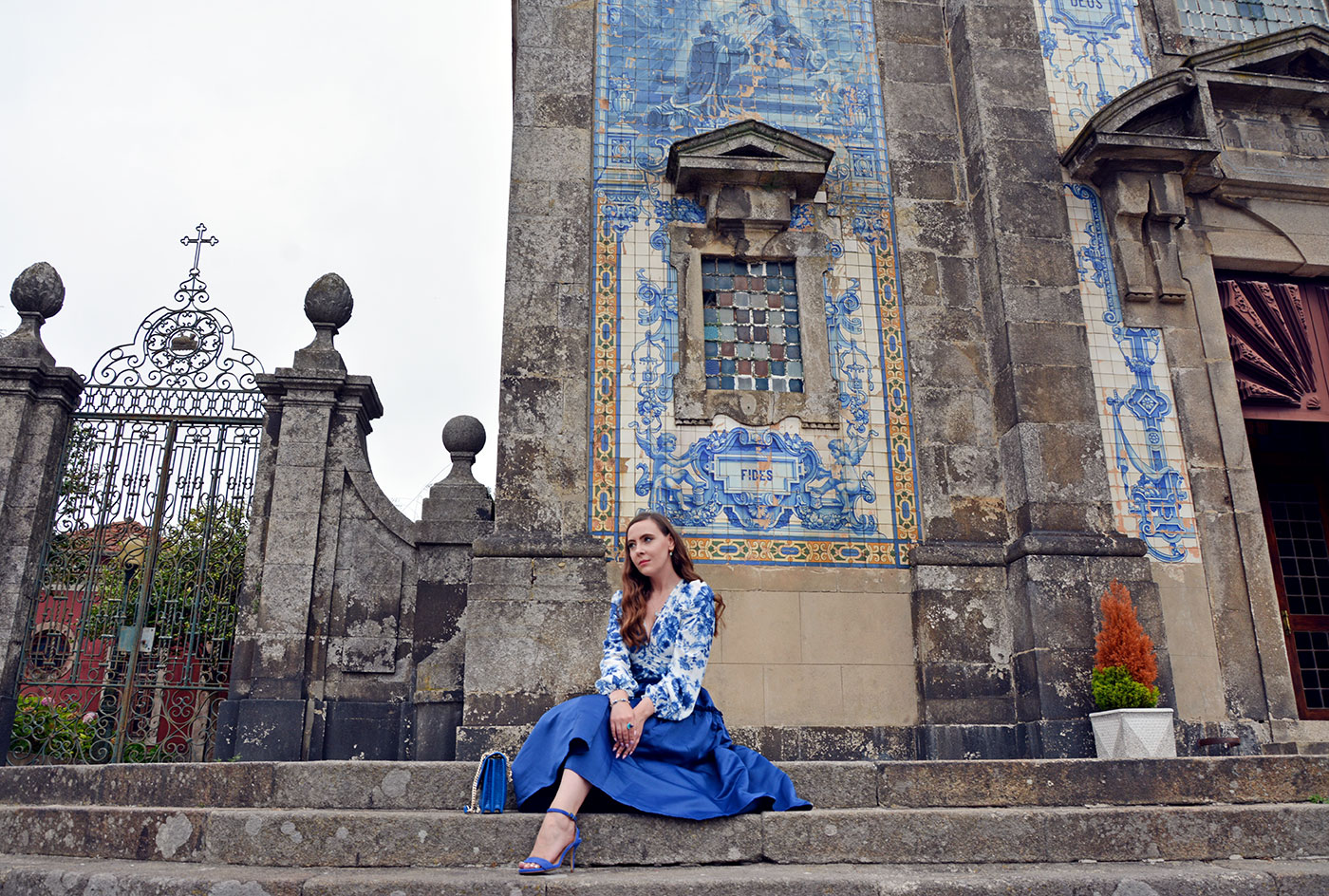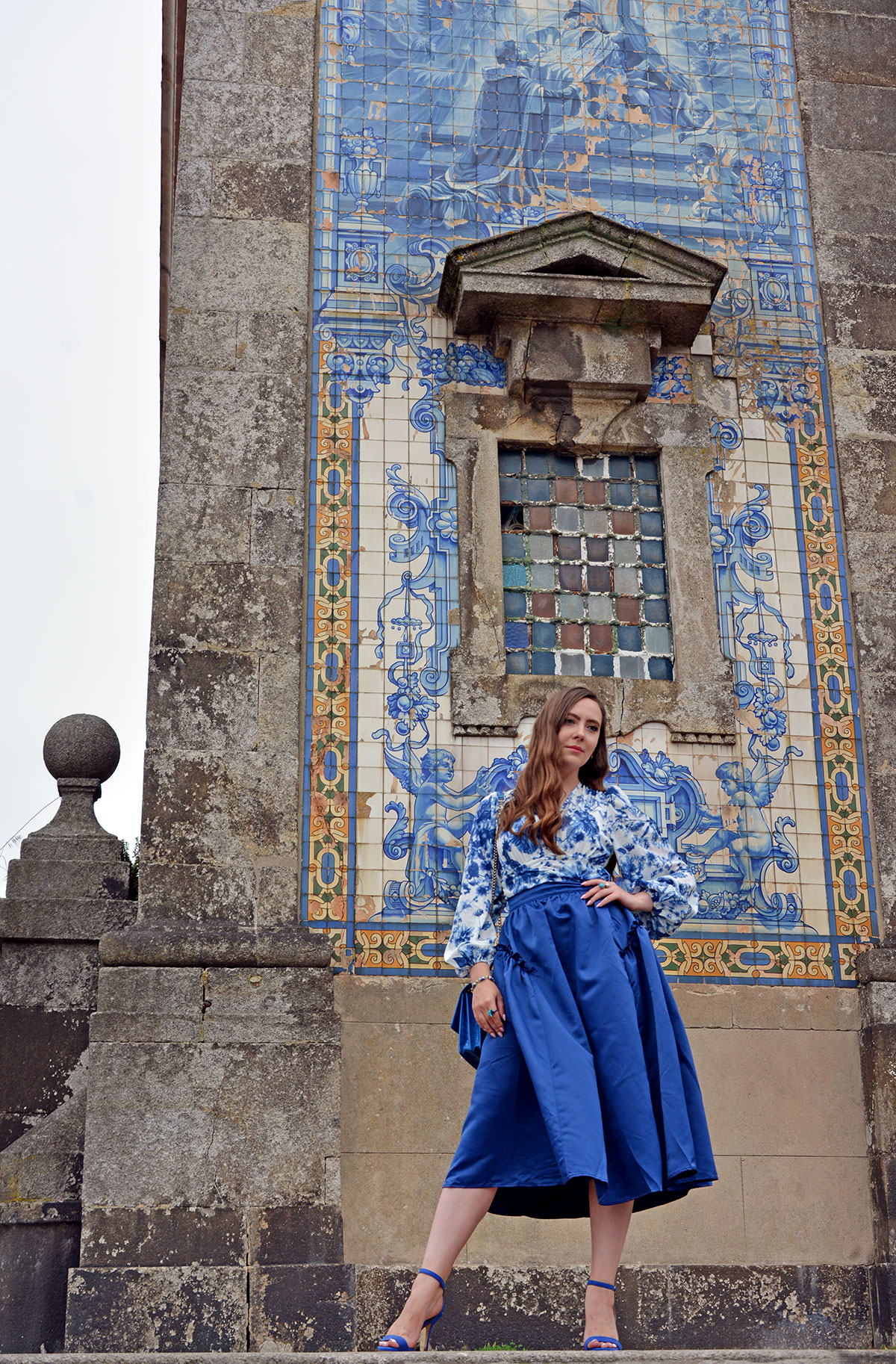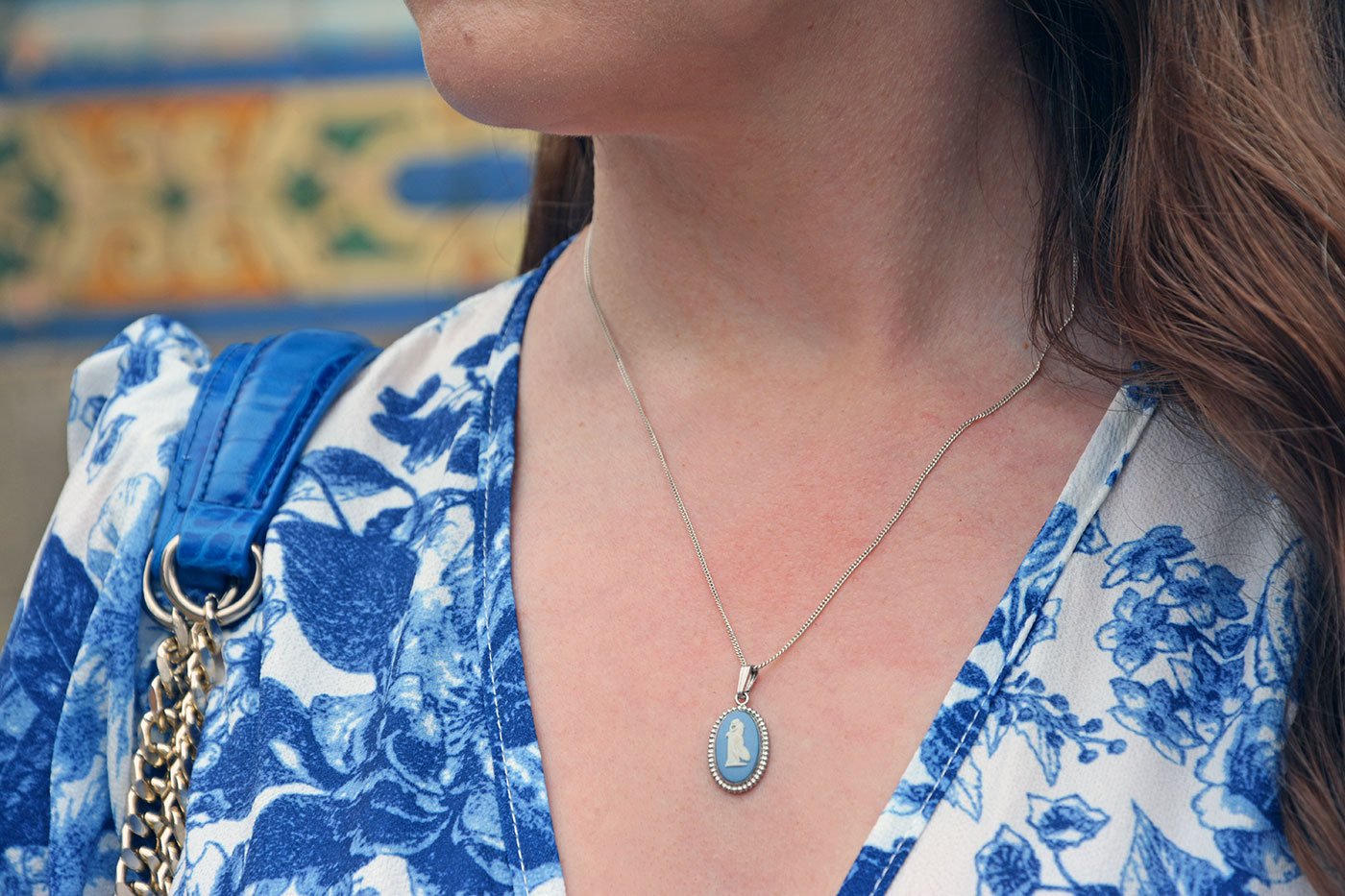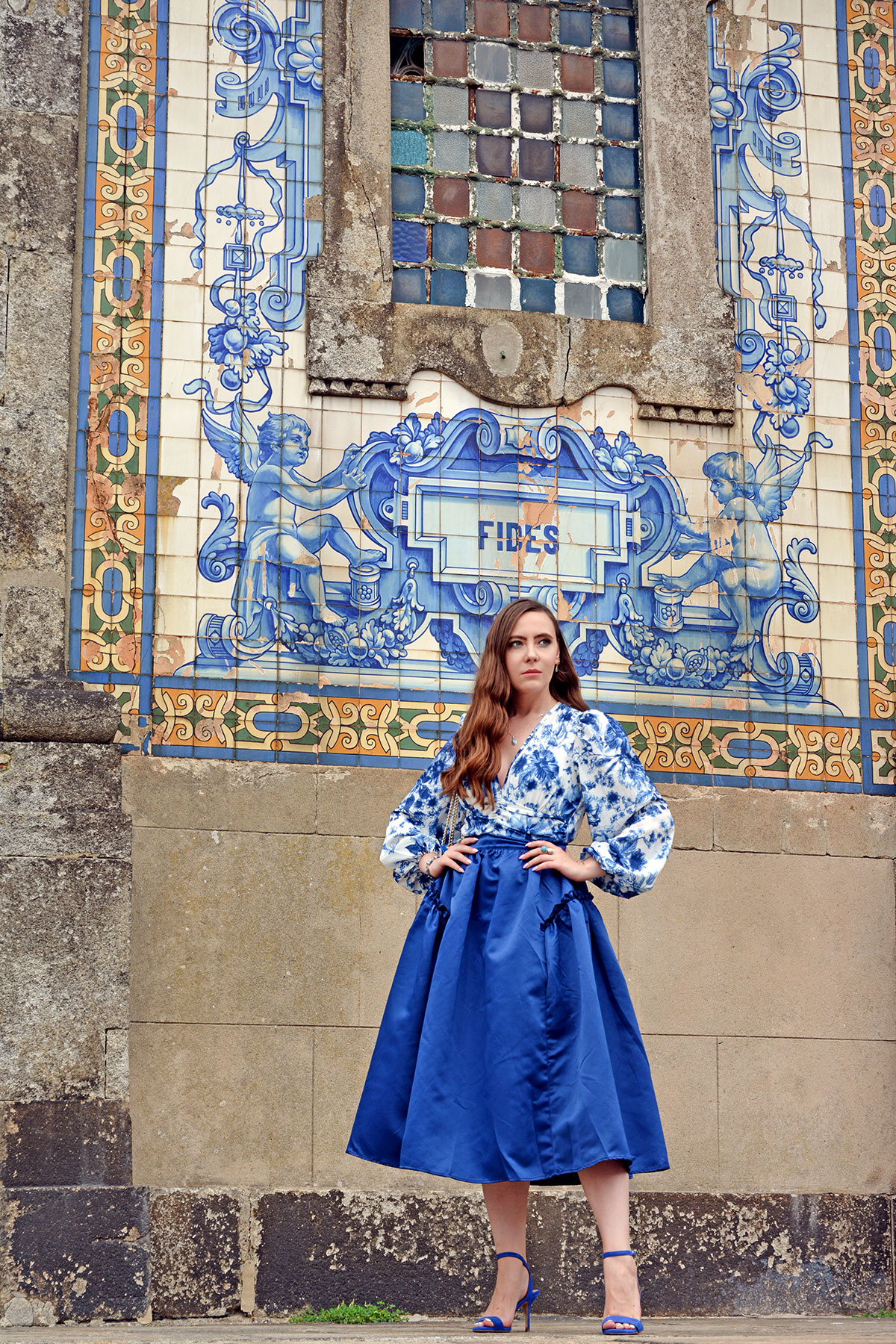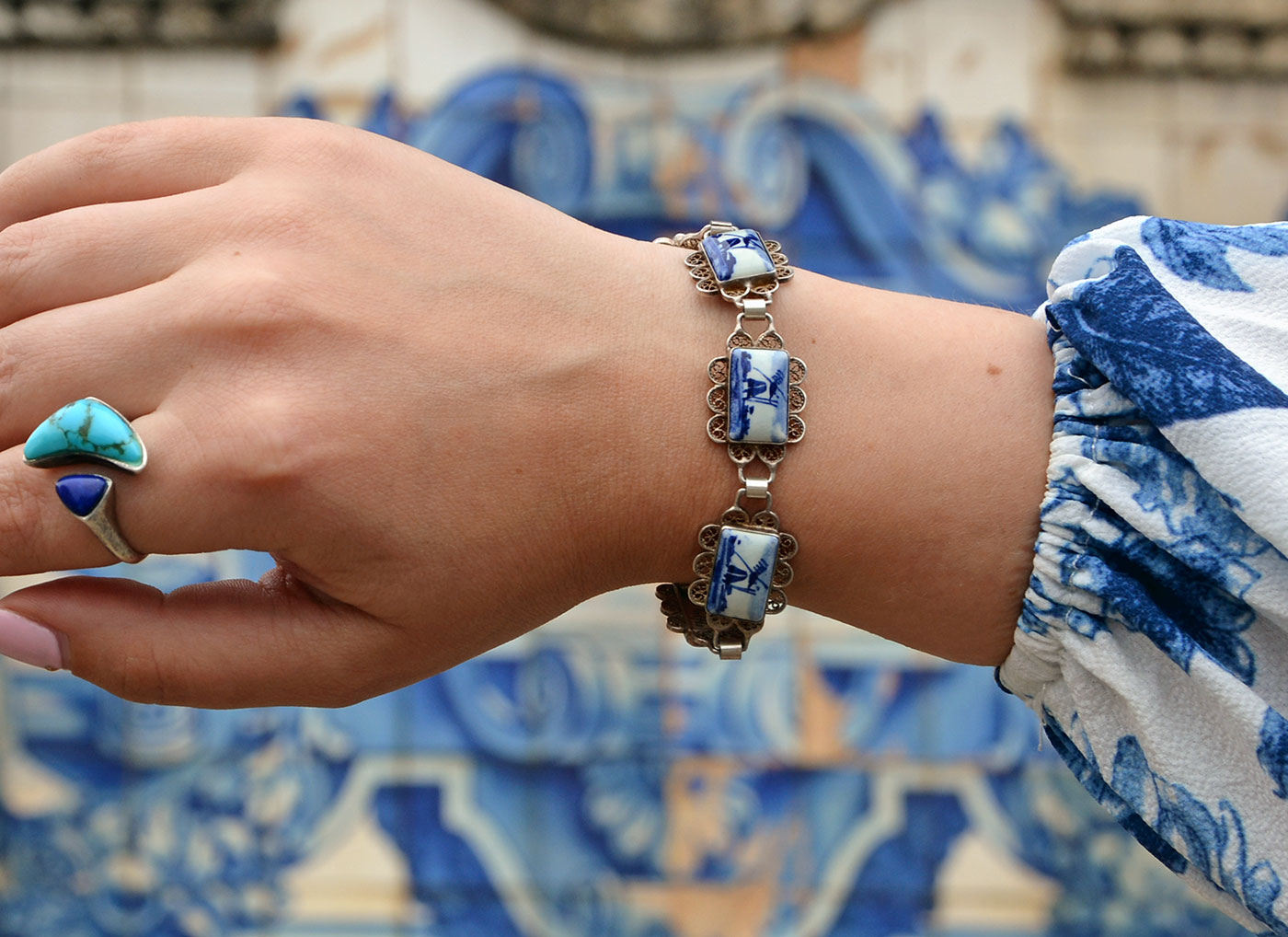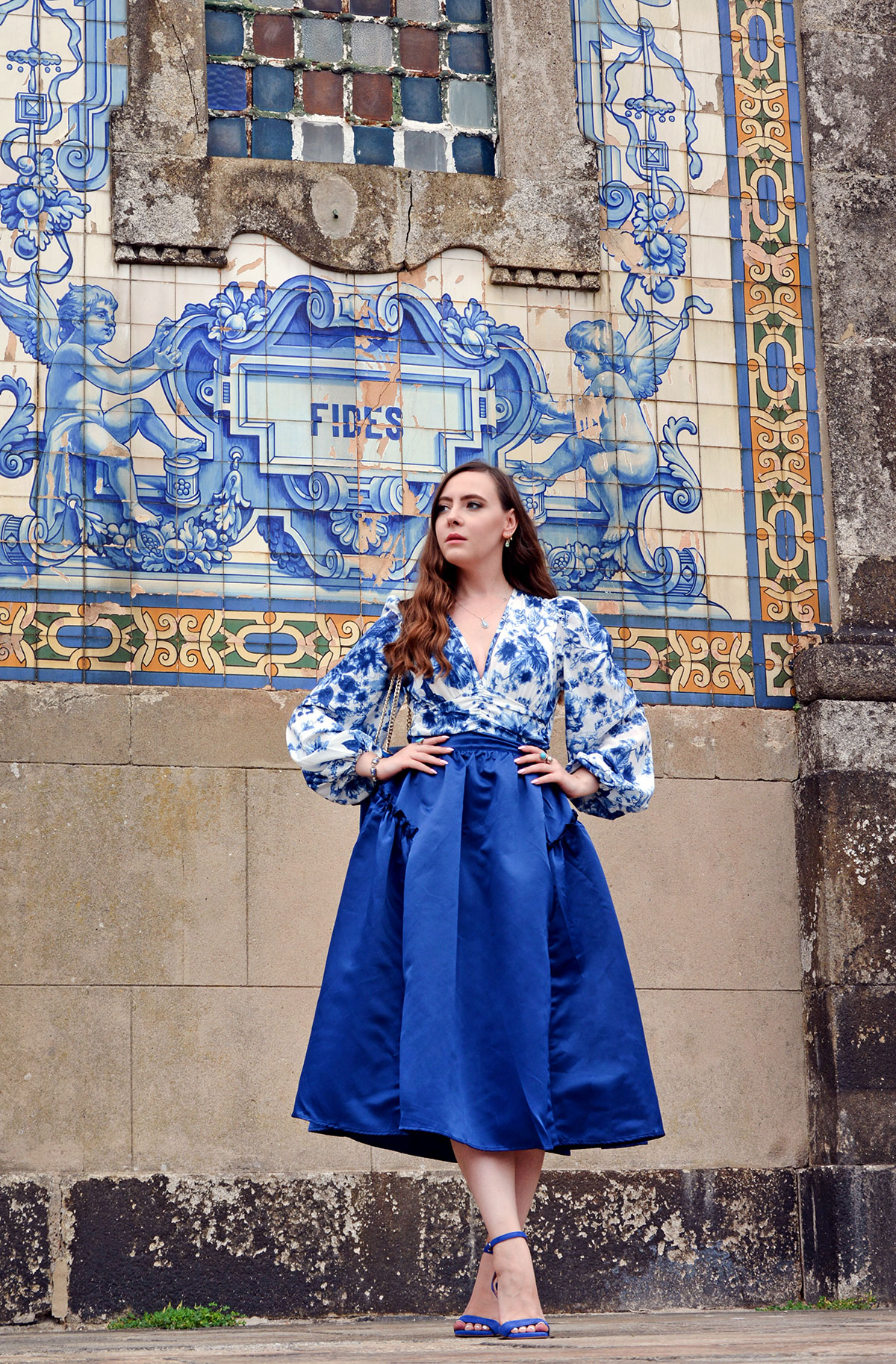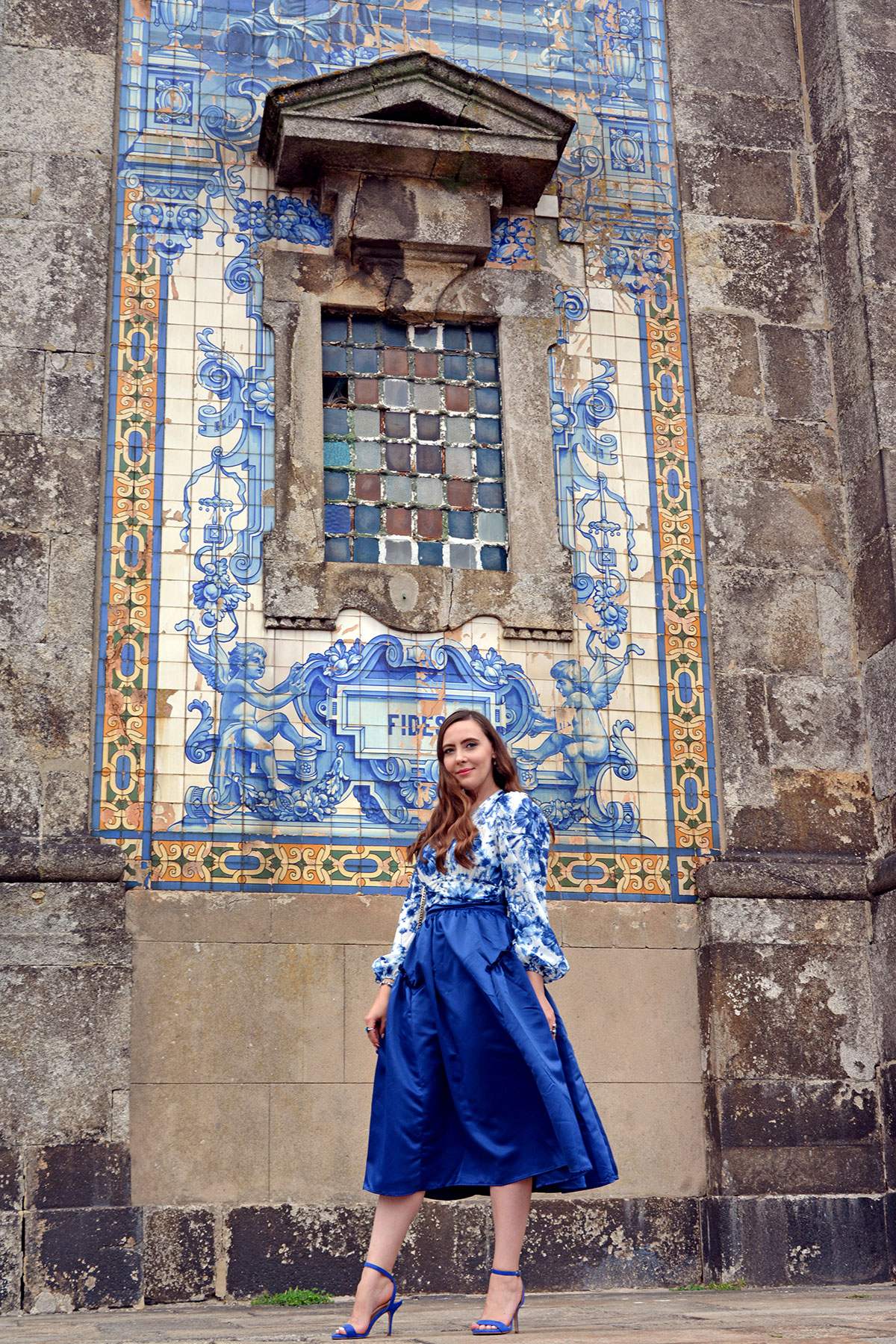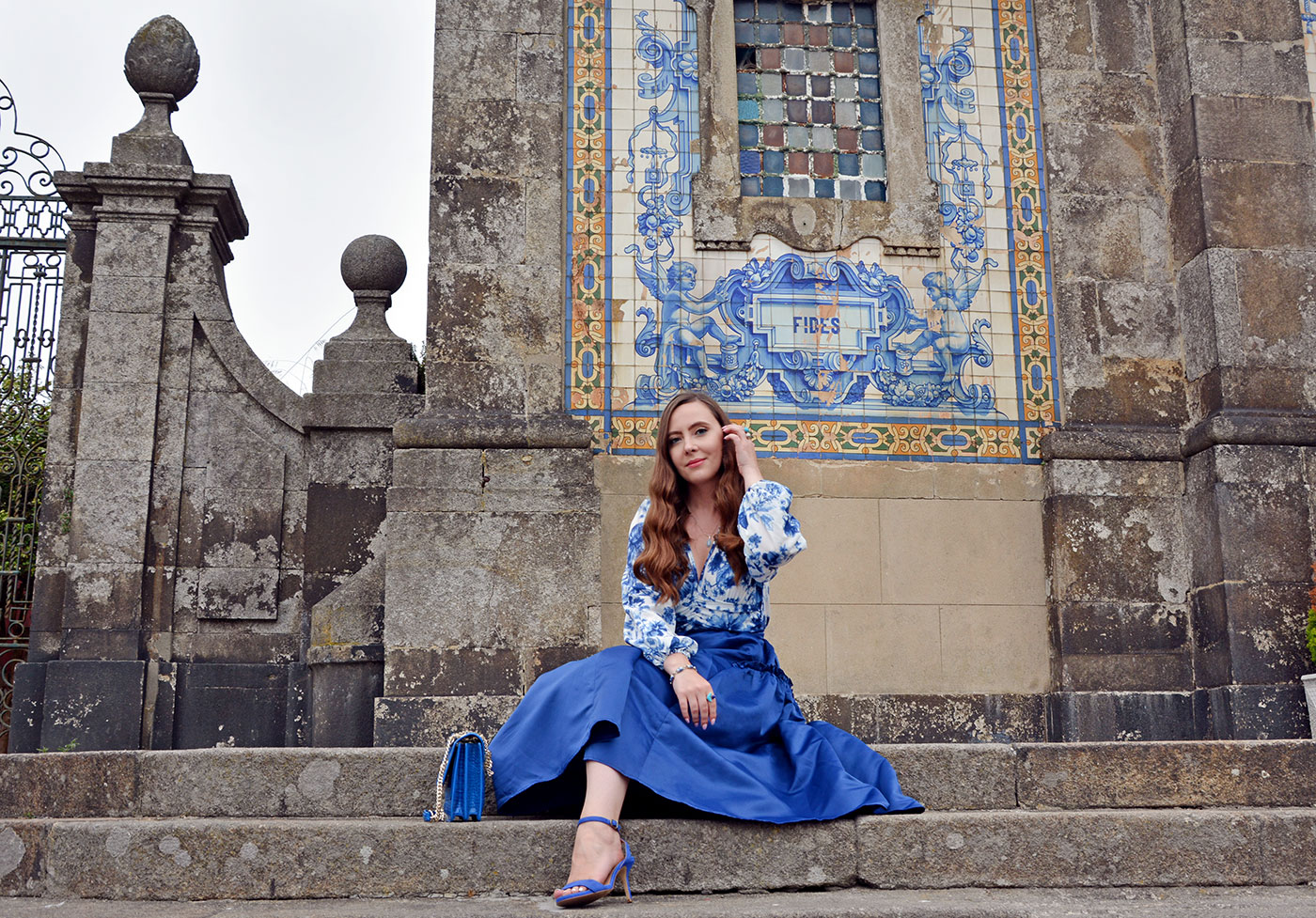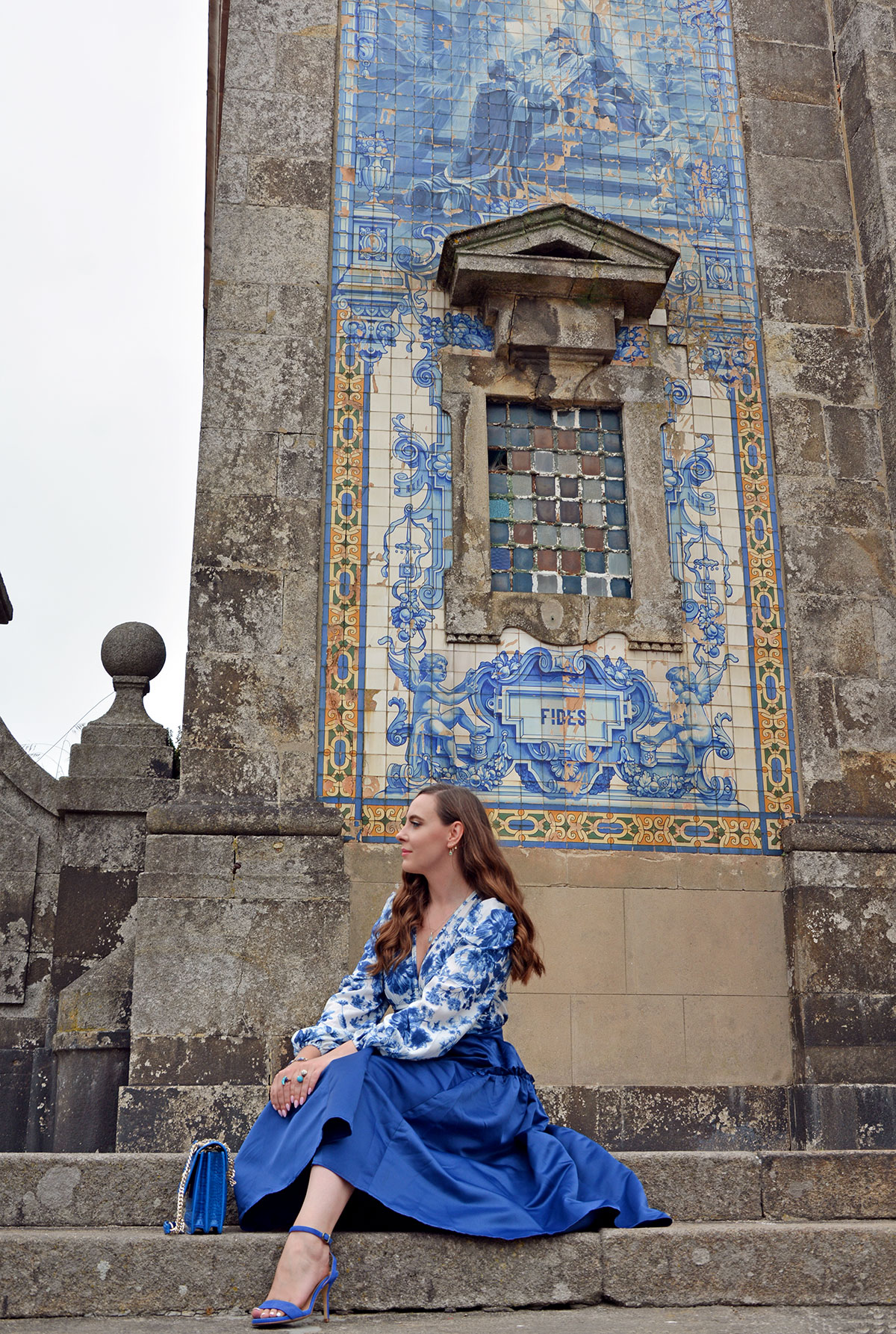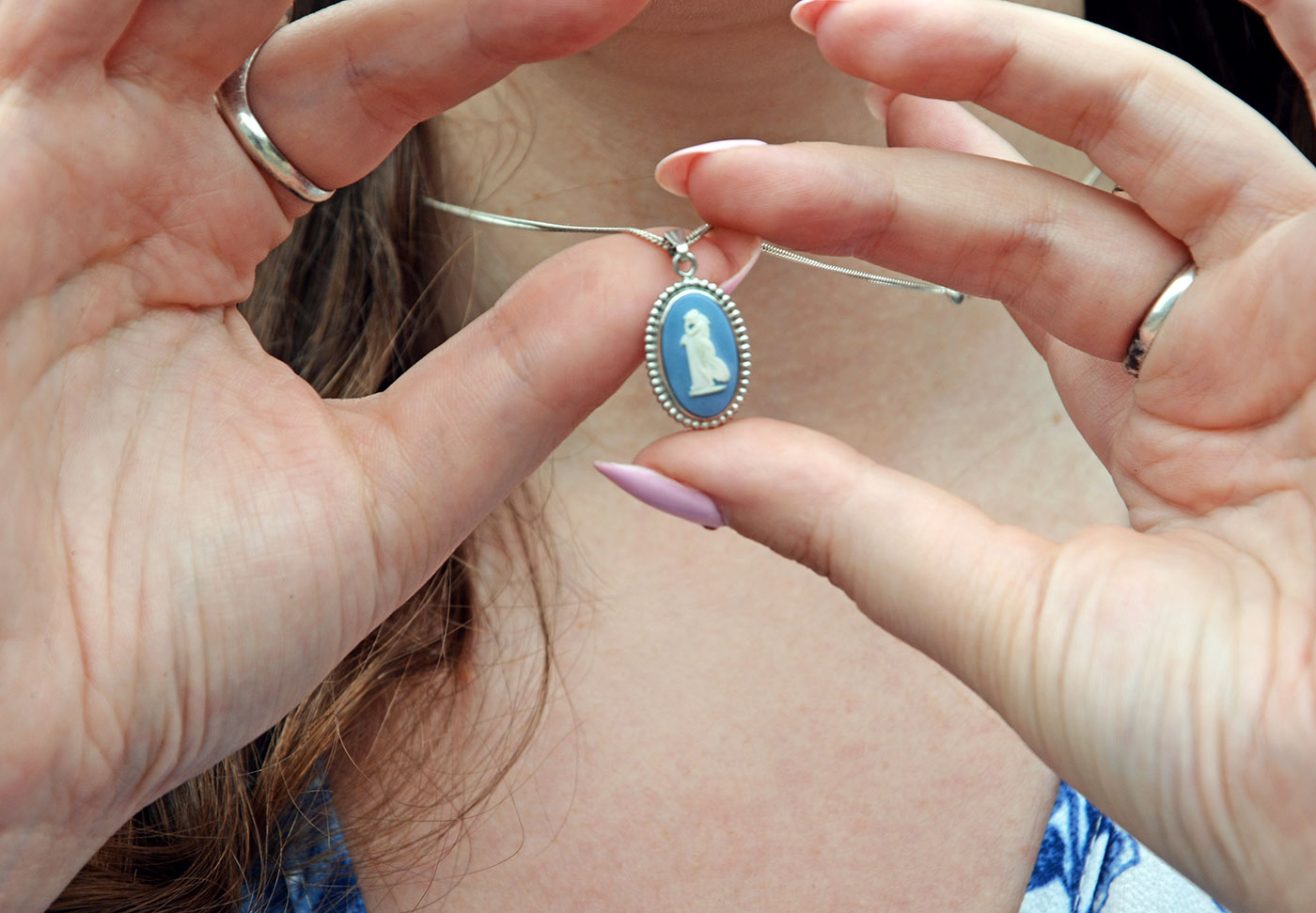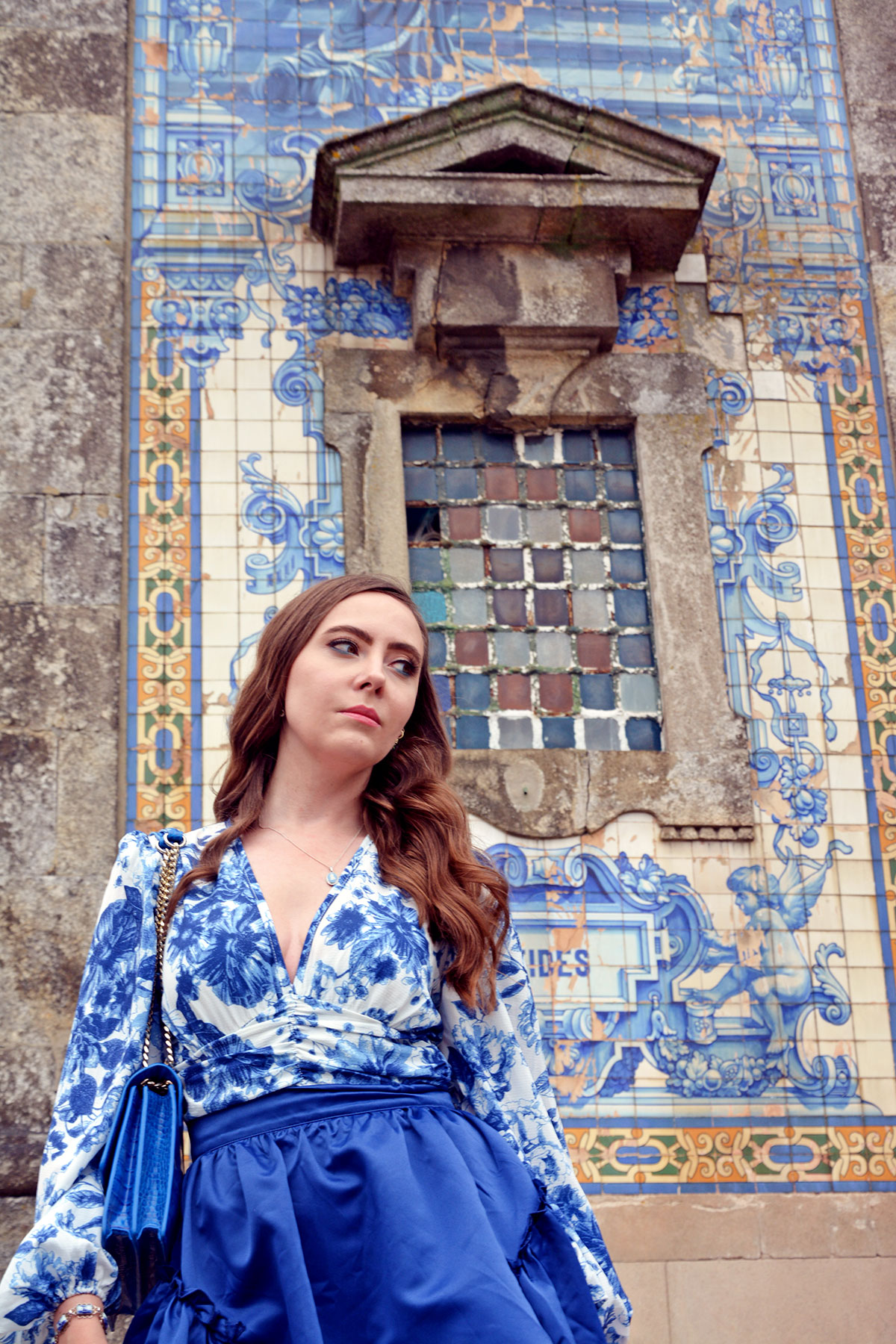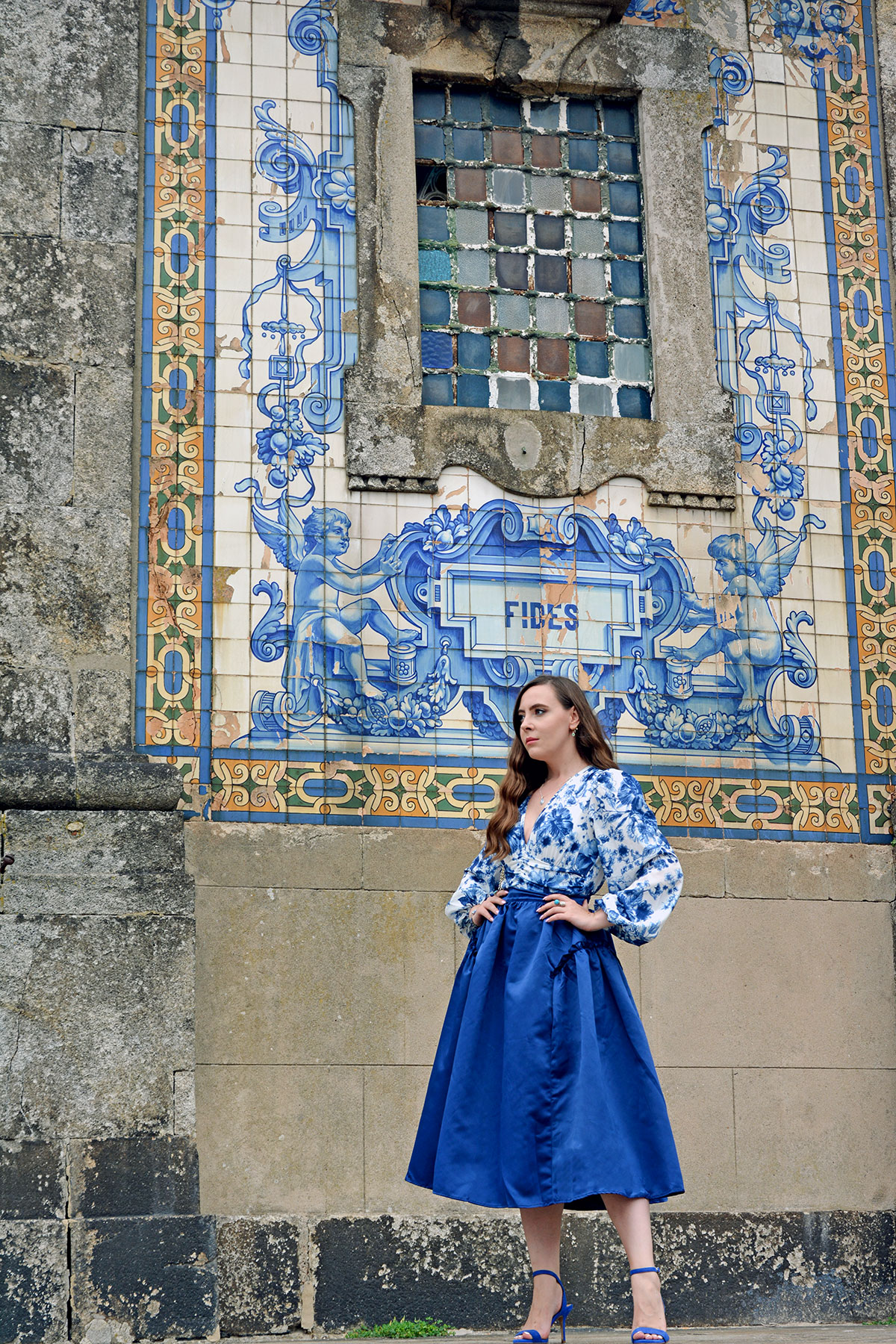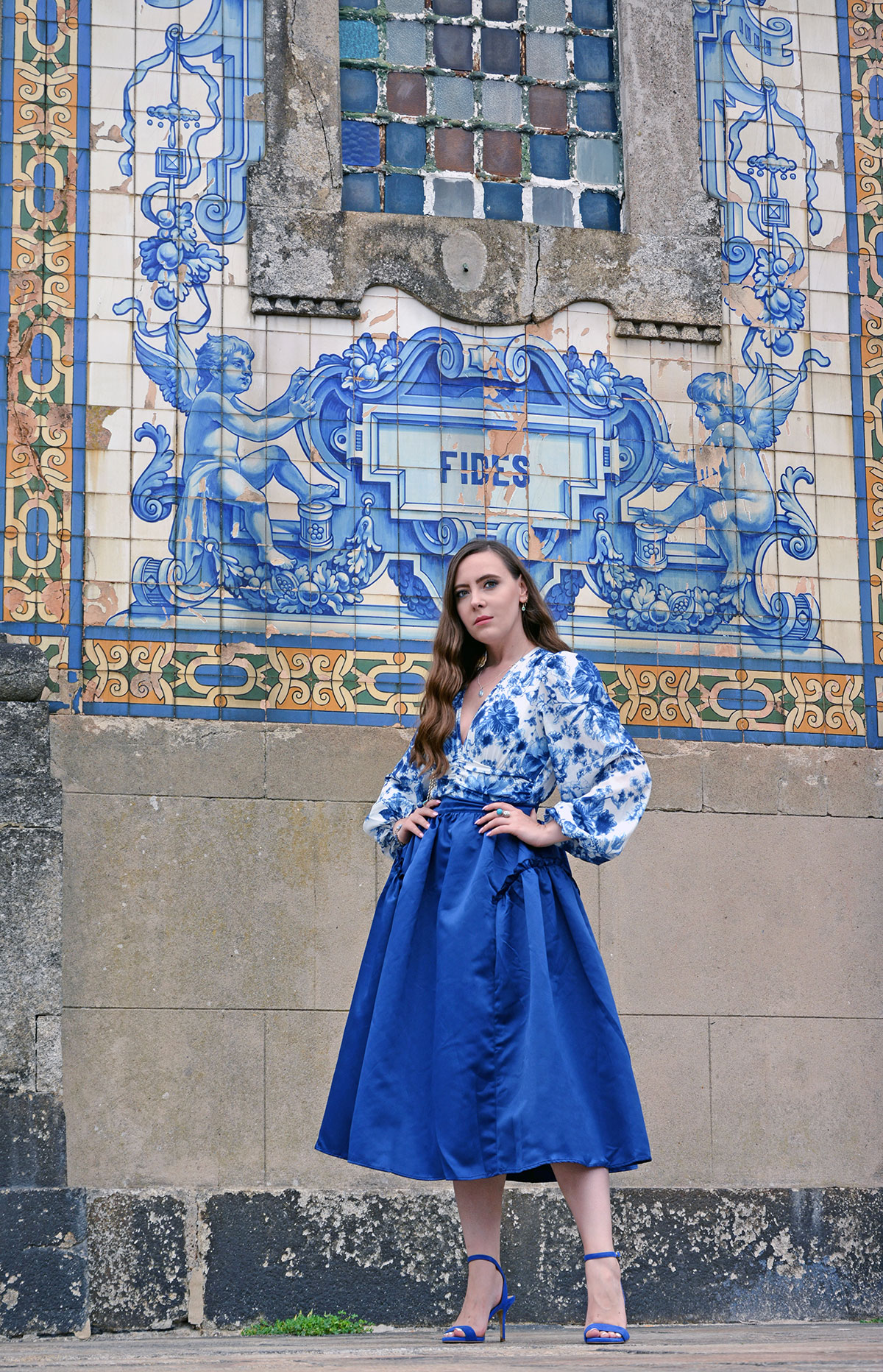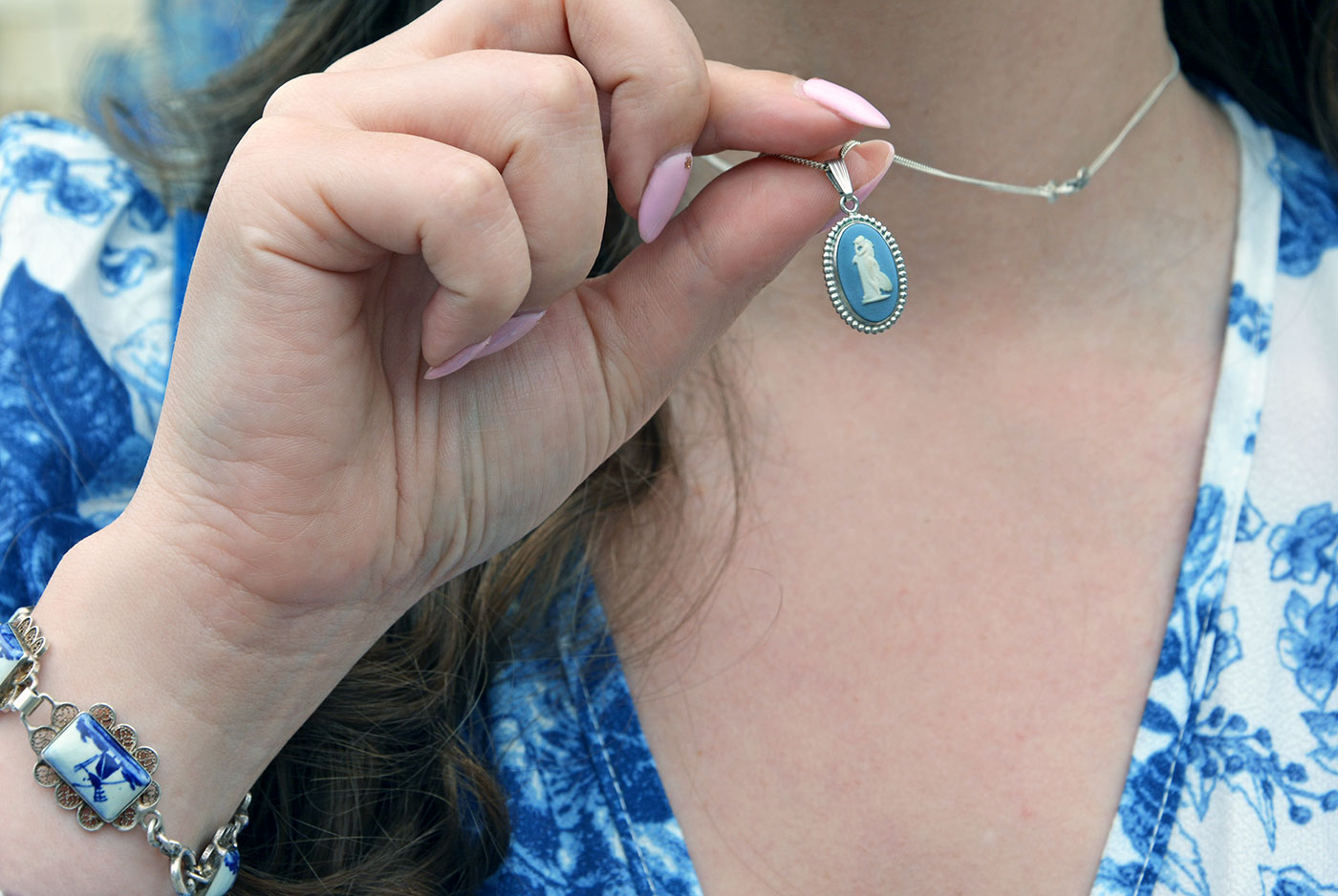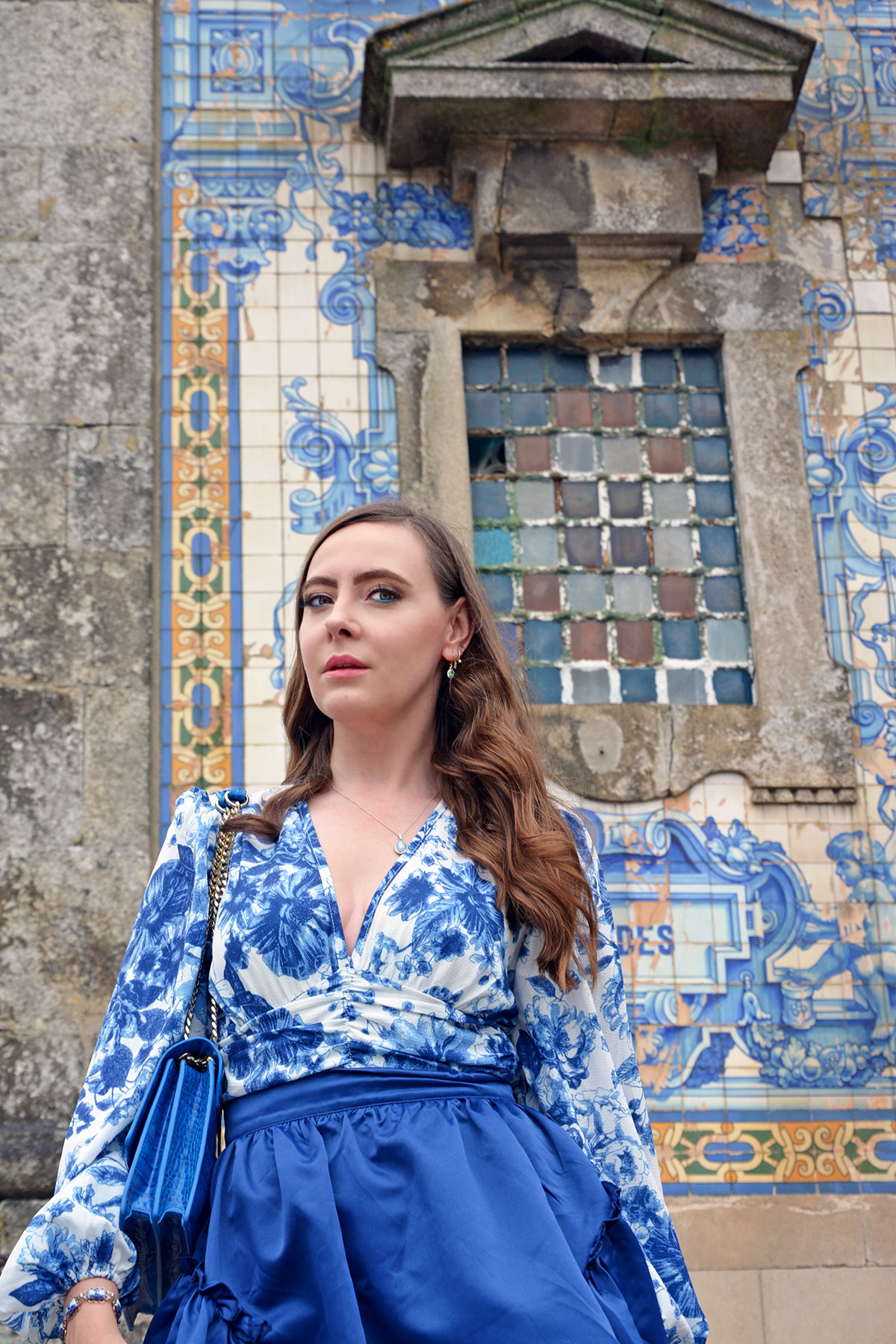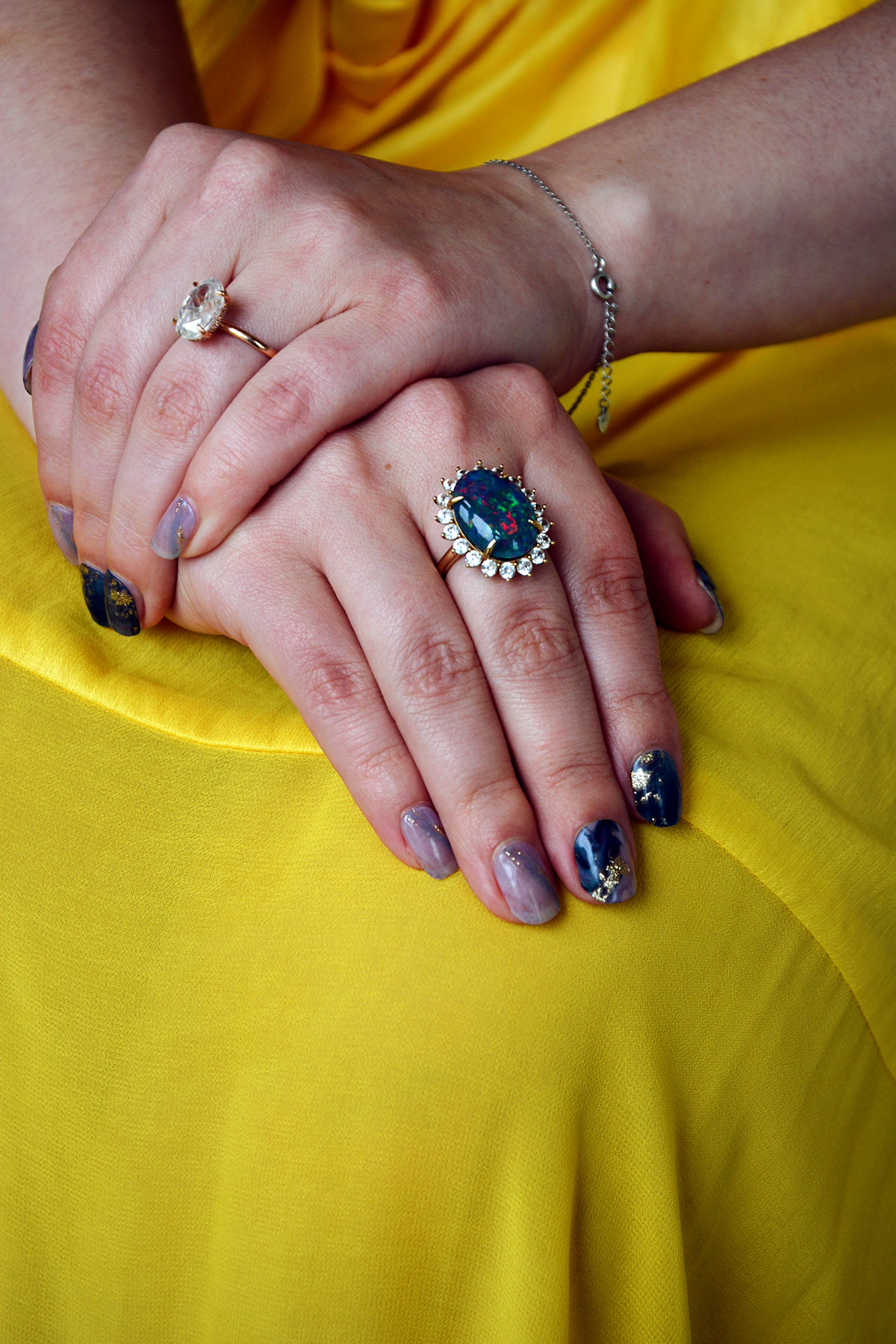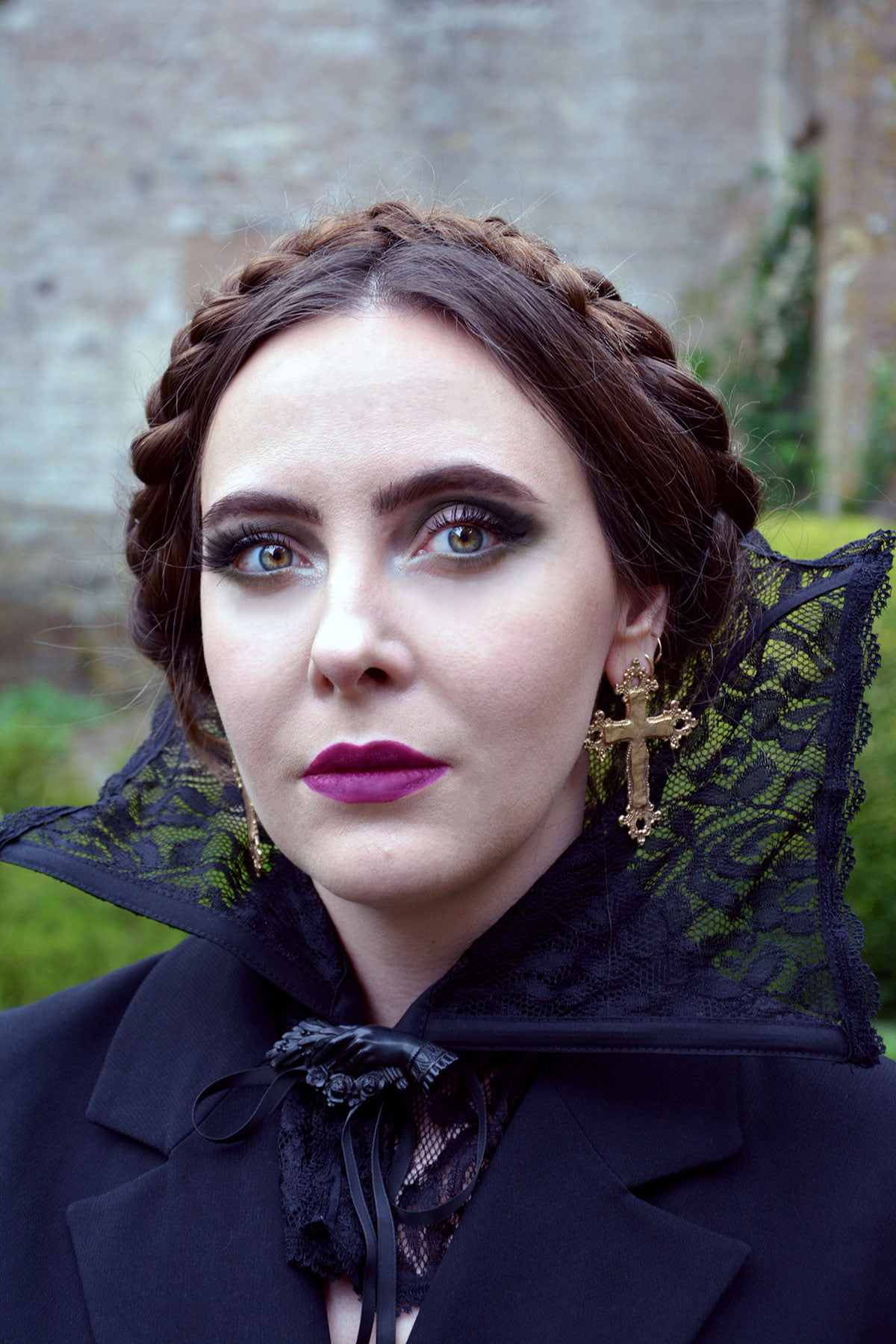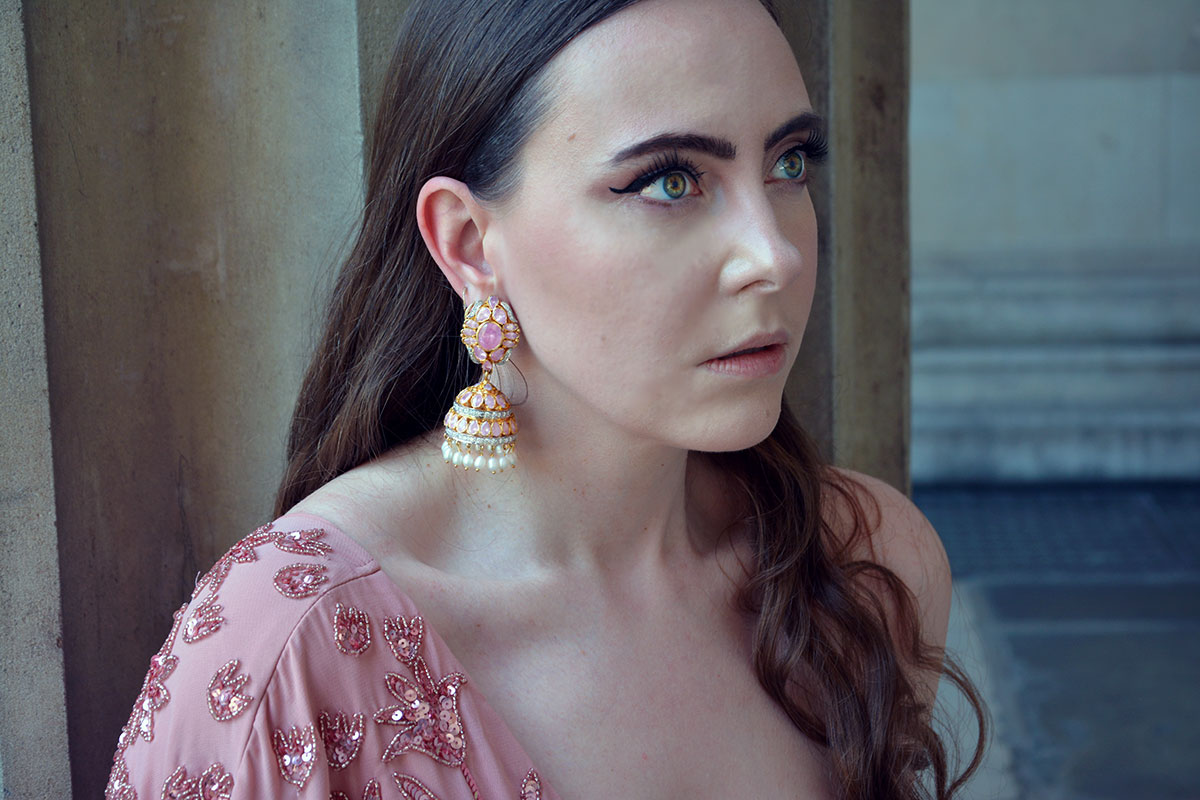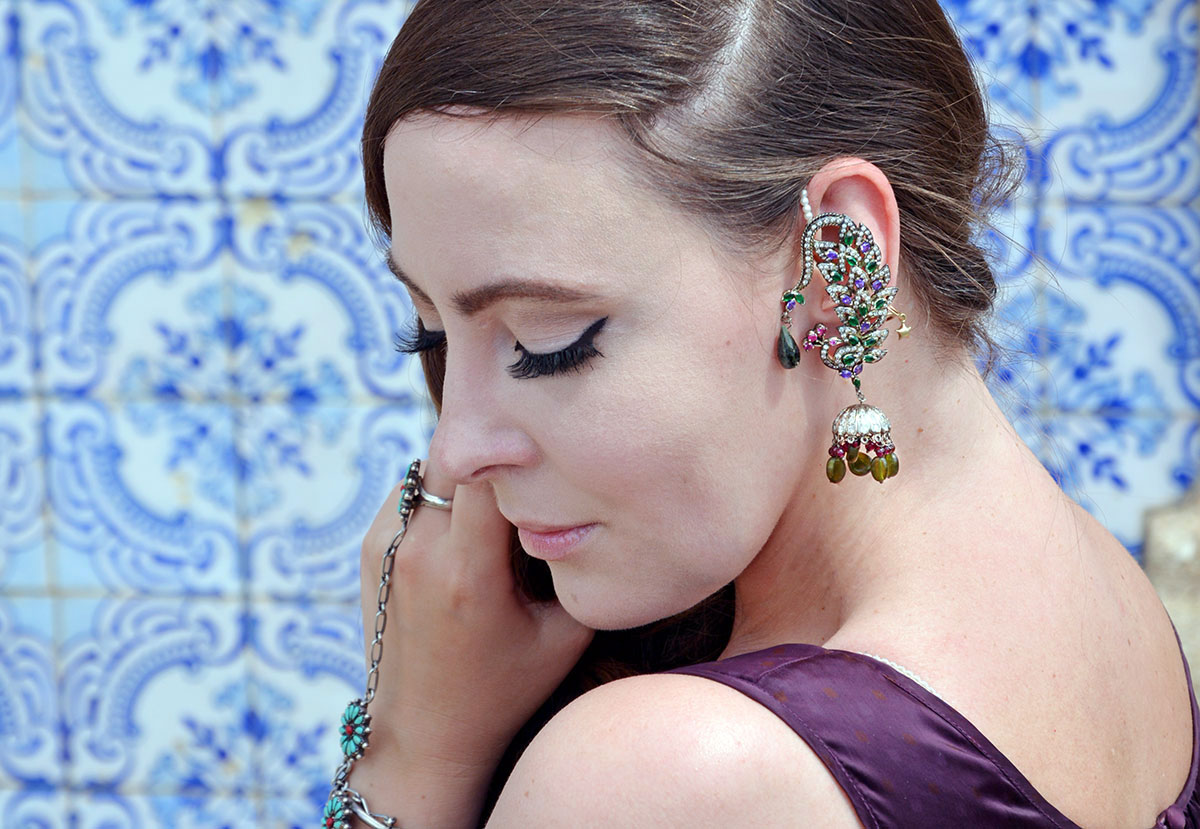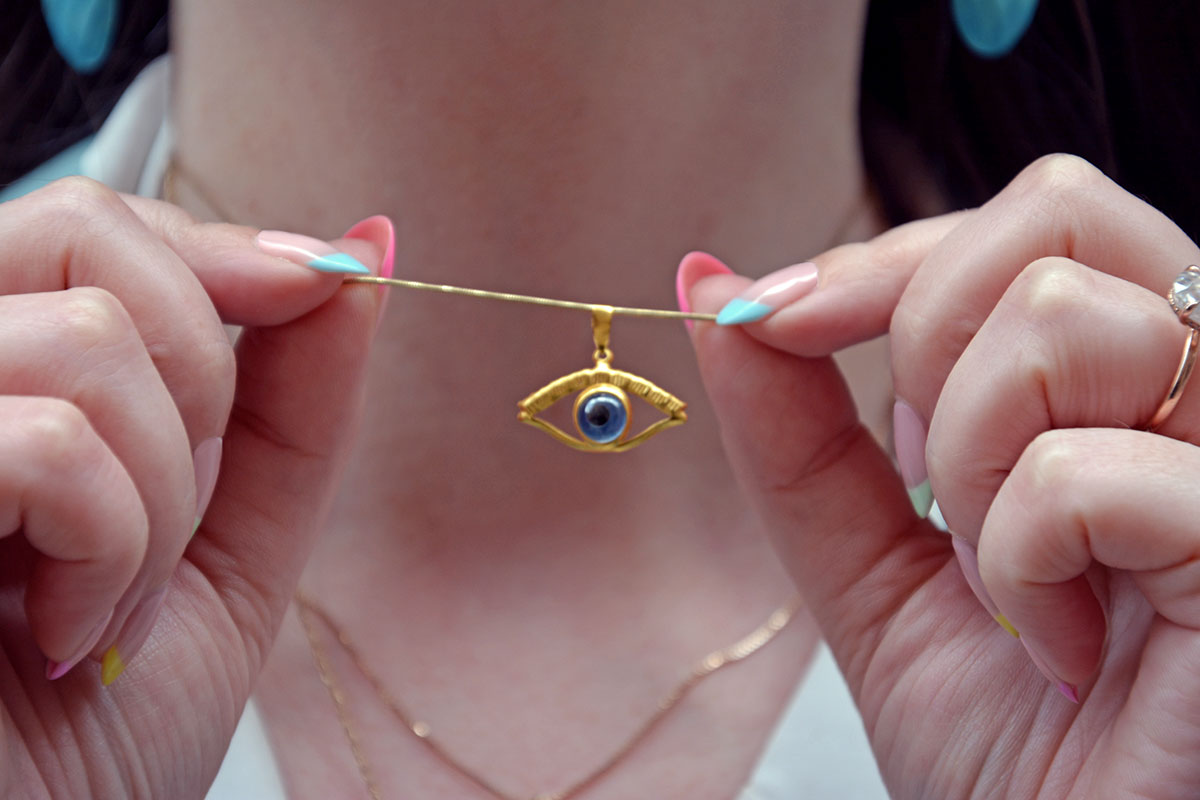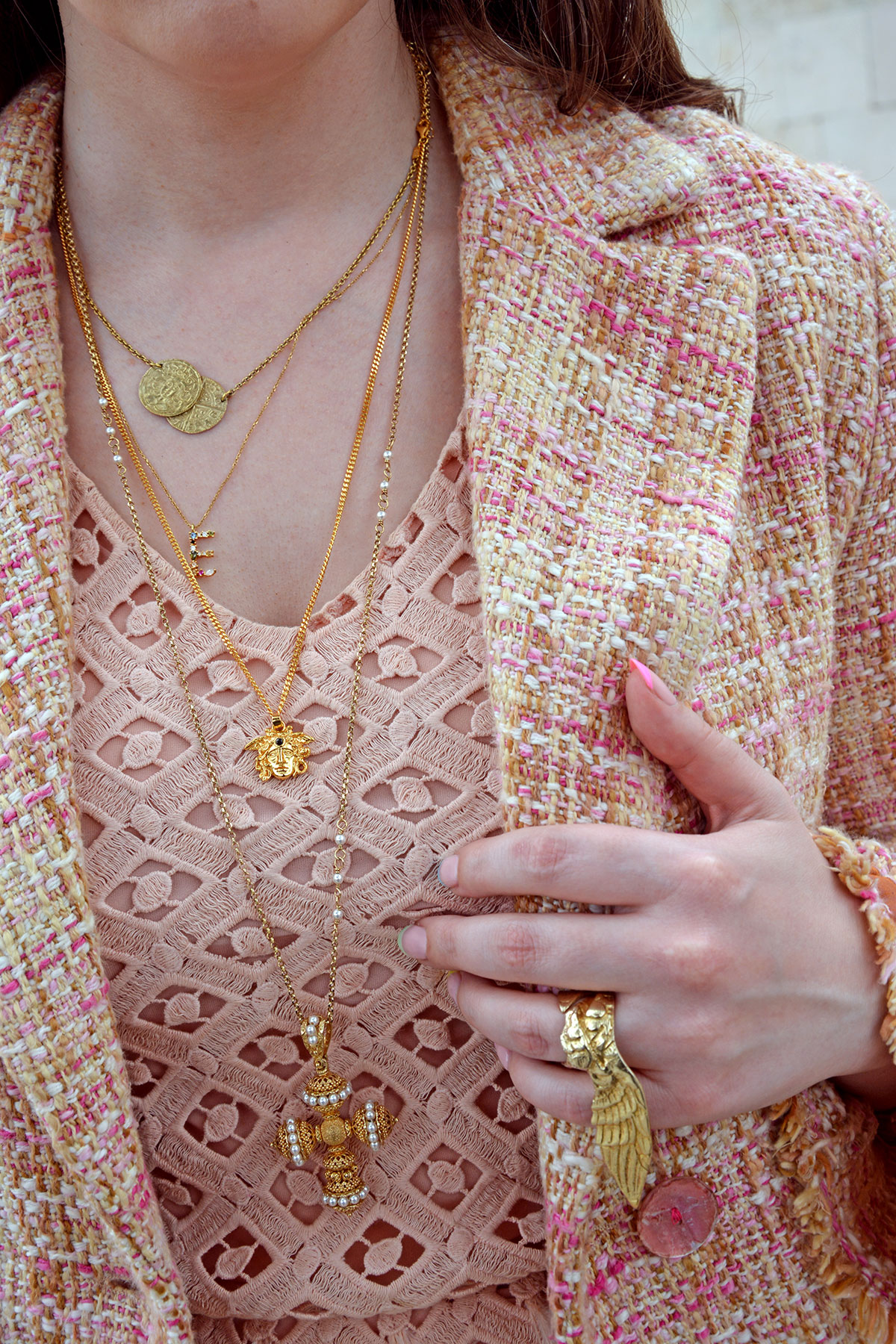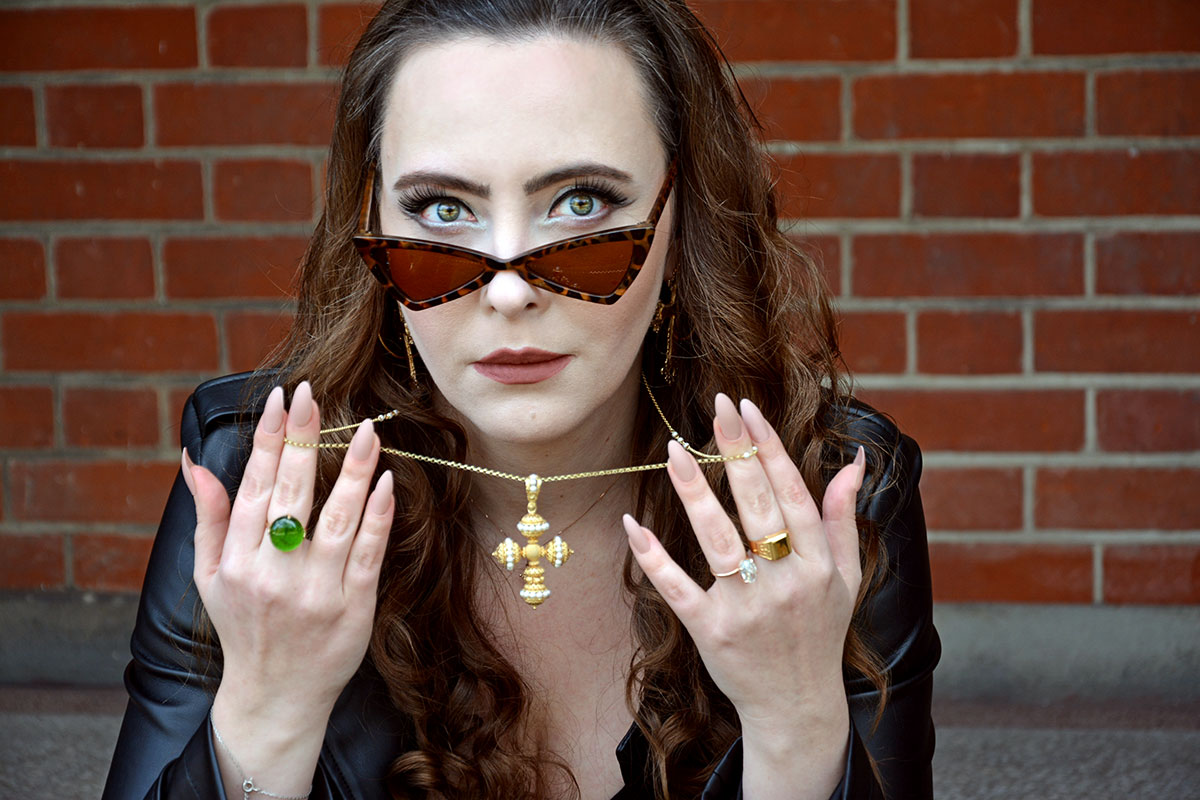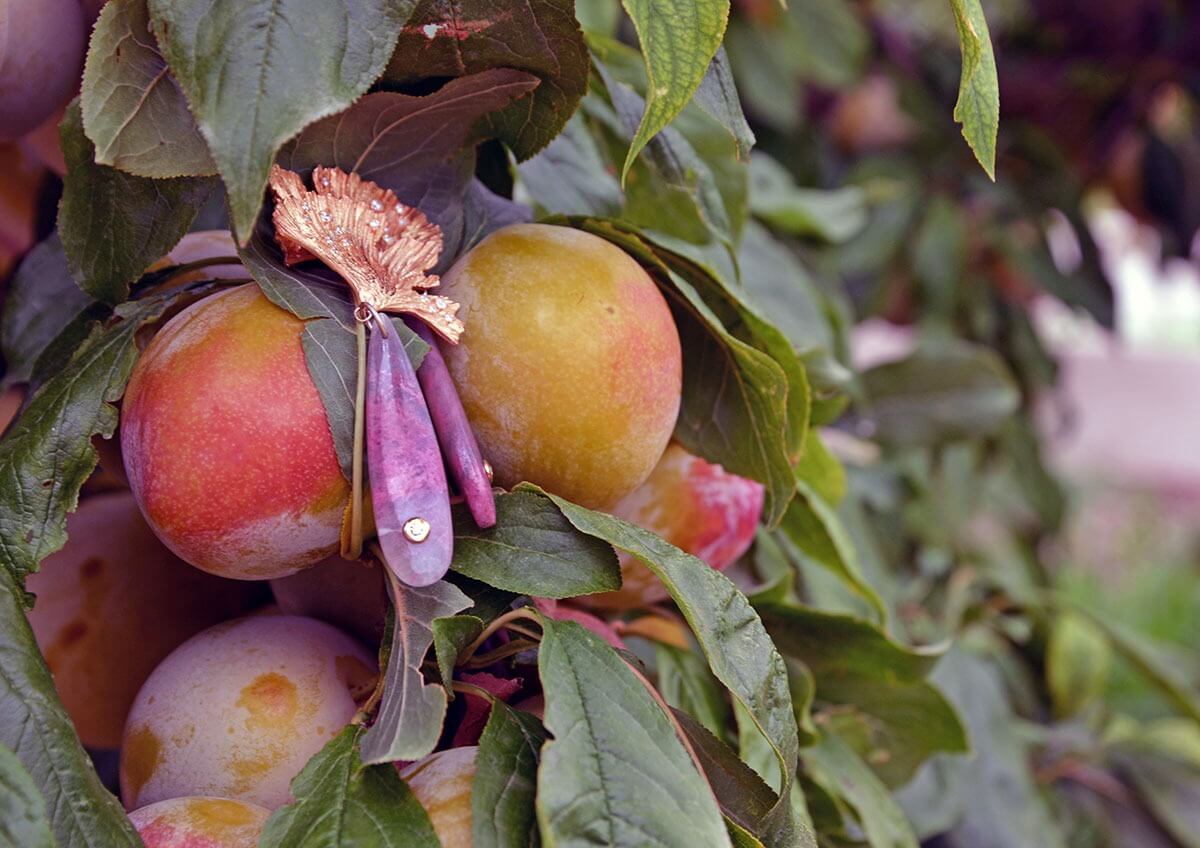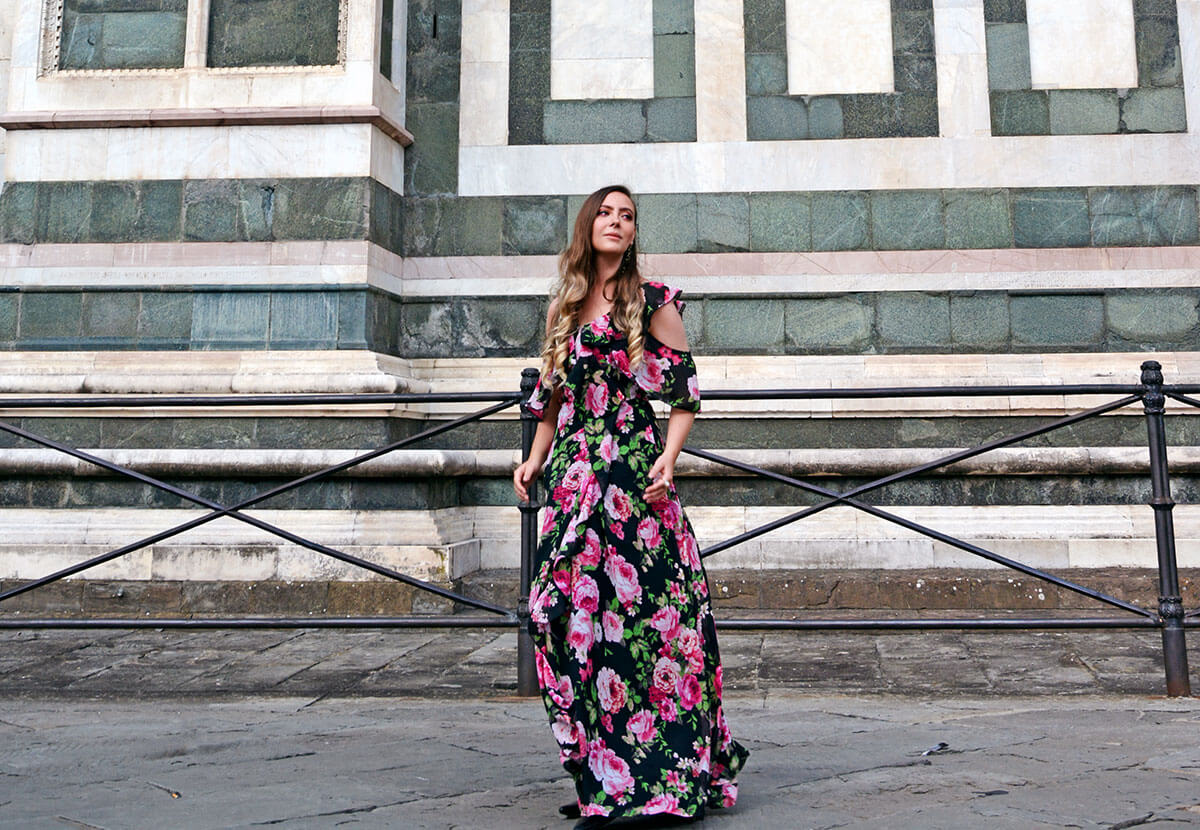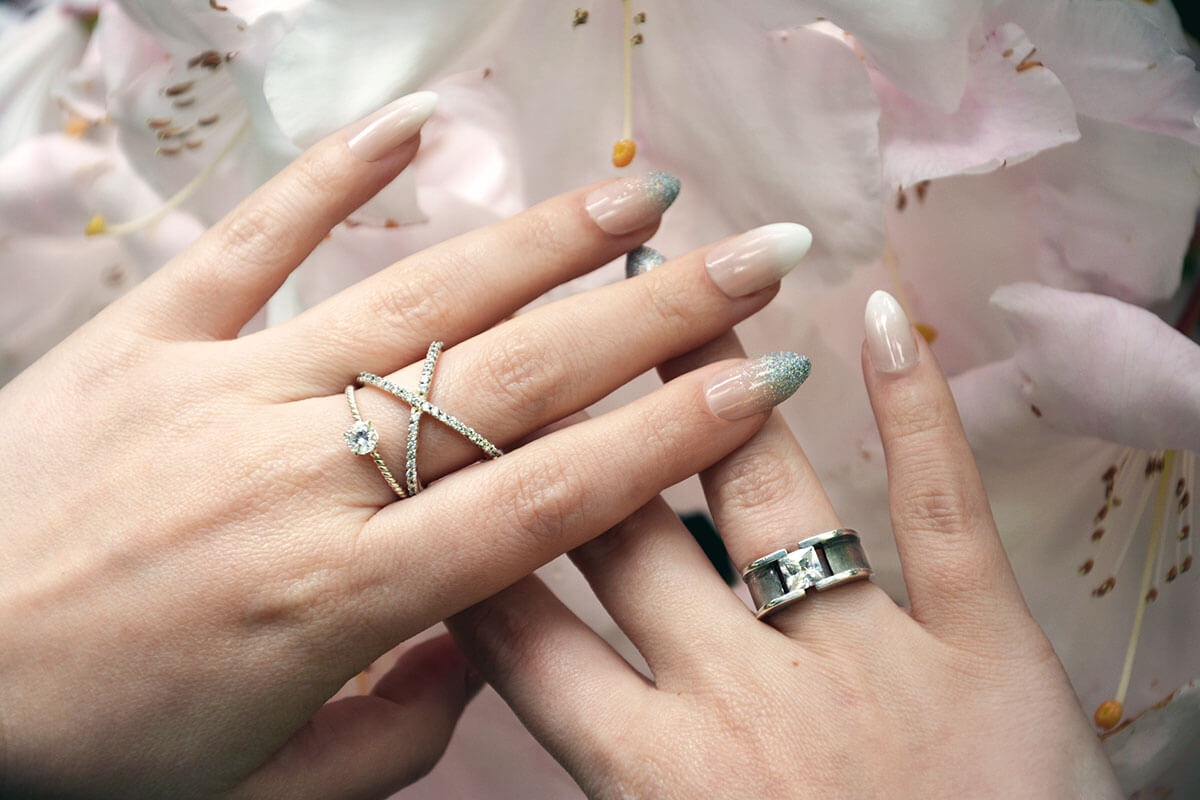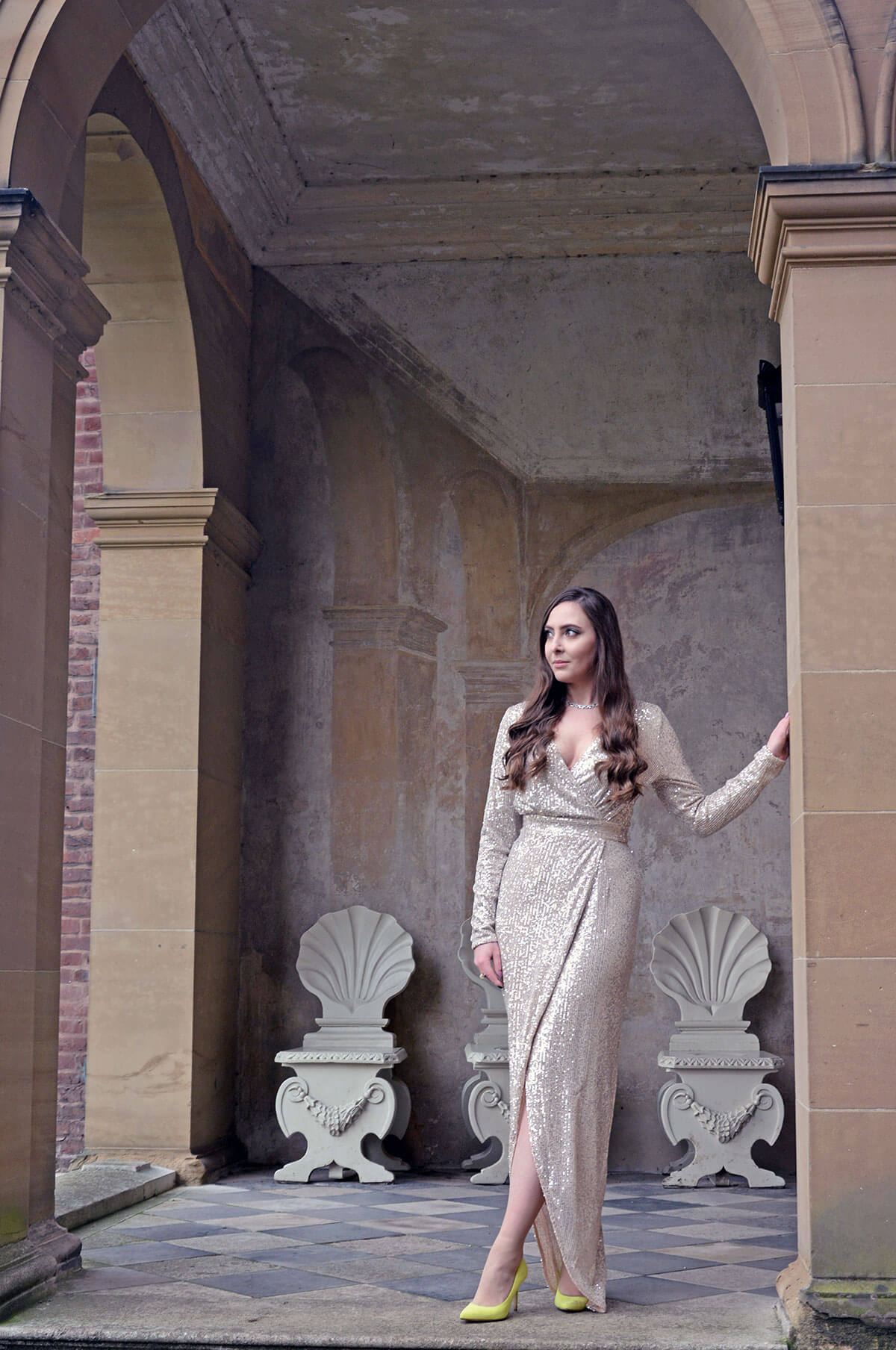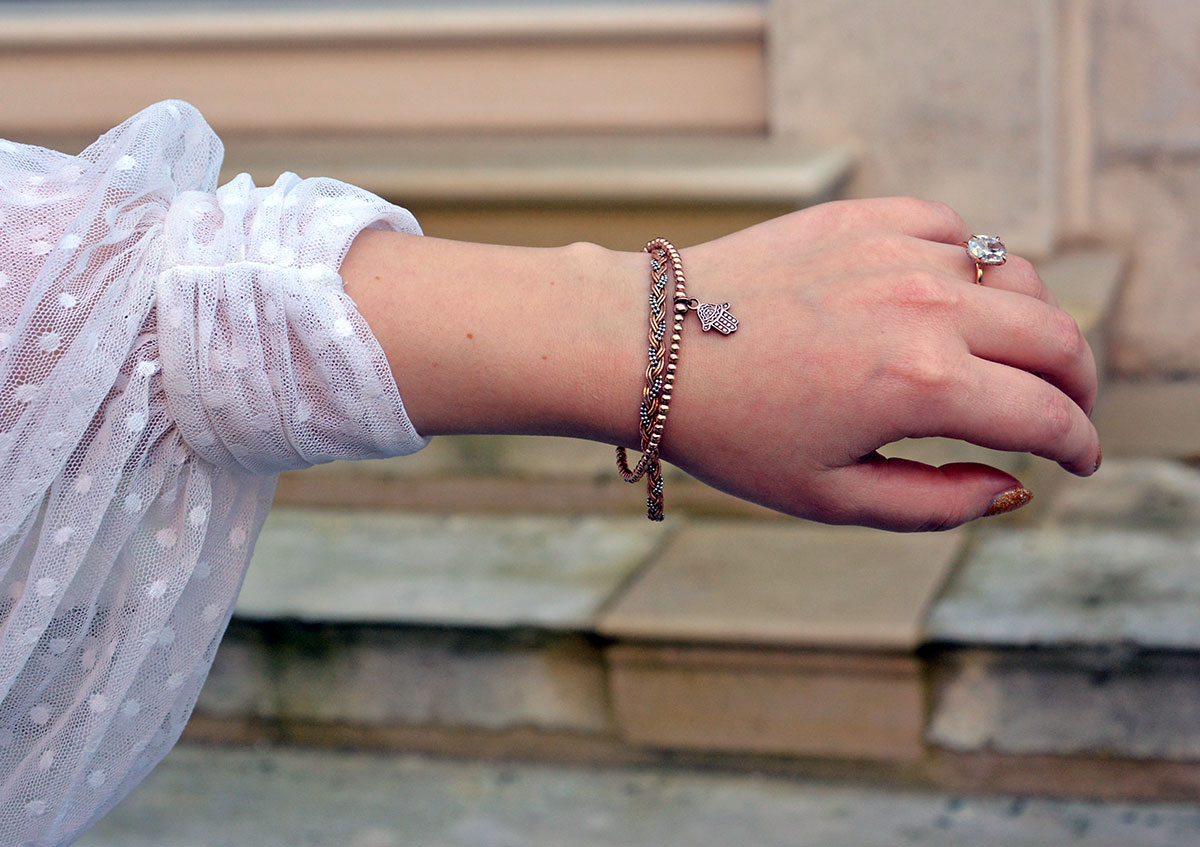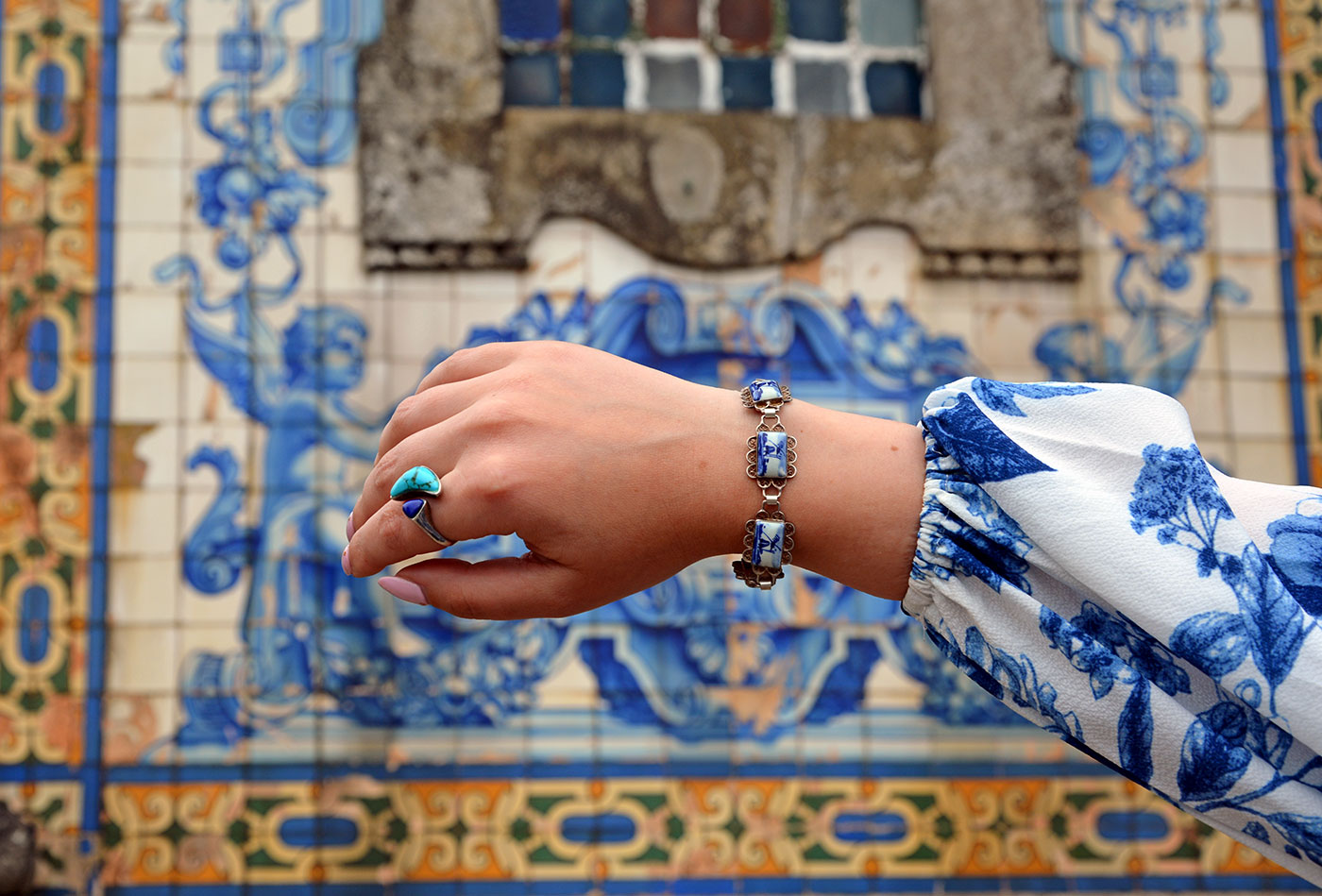
It can be a sad day when you accidentally break a vase of significant value that you inherited from your great aunt Gertrude. Things will never be the same again. Realistically, you have 2 options to move on: Embrace the ancient art of kintsugi (fixing it with liquid gold inlays) or taking the broken pieces and commissioning ceramic jewellery. Either way, the vase lives on.
Pottery use in jewellery is as old as the craft of jewellery-making itself. It has been present for just as long as gemstones have been accompanying precious metals. The use of ceramics in some cases was to cut costs, or to add colours to creations gemstones were not able to offer. Let’s explore the history as well as some popular names to look out for in the field of ceramic jewellery.
God’s material in ancient times
According to the Book of Genesis as well as the Quran (23:12), God created man from clay. Other deities have also been working with clay, these include Sumerian, Greek, Hindu, even Norse and Egyptian gods. According to Egyptian mythology, Khnum, the god of fertility, created human children from clay and put them into a mother’s body.
But it’s not only the gods that saw potential in working with clay. Ancient Egyptian mortals were well known for their unique product called faience. This is a type of shiny pottery that has been perfected by Egyptians in their quest to create an alternative to turquoise. Read about Ancient Egyptian jewellery here. Faience was used in figurines, amulets, beadwork and jewellery.
Beyond faience, the craft of pottery was getting more and more diverse. At first, ceramics were used for food storage and cooking, with decorative potential following shortly after, as well as the construction of other objects such as roof tiles and pipes. The potter’s wheel was invented in 4000 BC along with a type of pottery called stoneware. Meanwhile, porcelain was created around the 7th century AD in China.
Types of pottery
I’ve just mentioned a couple of terms like stoneware that some may find confusing. Let’s look at what these words mean:
- Ceramics – this is the same as pottery. This term is used to describe objects that are formed with clay, hardened by fire, and then glazed or decorated in some way.
- Stoneware – this is a type of ceramic. It is fired at very high temperatures compared to other pottery, which makes it very hard and durable. The colour is considered to be more opaque when compared to porcelain. The finish can be both glossy or matte. The overall look and feel is thick and strong, hence the name stoneware.
- Porcelain – again, a type of ceramic, but known for being fine, white or even translucent. It is made of kaolinite and pottery stone. Porcelain is usually seen as more expensive when compared to stoneware or eathenware.
- Earthenware – this type of ceramic is fired at the lowest temperature, making it slightly less durable than stoneware or porcelain. It is prone to chipping and absorbs water. The most rudimentary type of earthenware is terracotta (translates as scorched earth from Italian), which is known for its unglazed rusty hue. However, earthenware can be glazed to achieve a glossy finish, and when this is done with tin, it is called faience.
There are other ceramics that are derivatives and techniques of the three main ones above. These include: glass ceramics, bone china, sillicon, fire brick, tungsten carbide and raku.
Raku is an interesting one as it is a technique that is often used for creating beads, though it was developed originally for tea cup manufacturing in 16th century Japan.
Collectibles and brands in ceramic jewellery
Wedgwood
Josiah Wedgwood created his brand in 1759. He was a true pioneer as he made stoneware really fashionable. The types of stoneware by Wedgwood included: Queen’s ware (1762), Black Basalt (1768), and finally, the highly sough after Jasperware (1774). Wedgwood had an array of celebrity clients, from Queen Charlotte of England to Tsaritsa Catherine the Great of Russia, to the Vatican. Within the realms of jewellery, look out for Jasperware which often displays classical motifs such as cameos or mythological characters in white on a background of pastel blue, green or lilac. Blue is the most popular shade, often referred to as “Wedgwood blue”. Always look at the metal your Wedgwood piece is set in – it can sometimes be a gold-plated metal rather than actual gold or silver. Look out for the markings on the metal as well as Wedgwood markings on the stoneware, as there are a lot of relatively modern pieces created in the Wedgwood style, which are not authentic, but simply items inspired by the Wedgwood aesthetic. I am wearing a Wedgwood pendant, and I took an image to showcase the type of marking to look out for.
Delft
Hopping to the Netherlands, Delft or Delftware or Delfts Blauw (Delft Blue), is very well known faience, celebrated for its white and blue colour scheme. In fact, “Delft blue” is the official term you can use to describe Delft pieces, though objects at times had been produced in other colours, beyond the city of Delft. The Delft Blue rose in popularity in the 1600s as a cheaper alternative to Chinese porcelain, with a bonus of not needing to wait for ages for your dinnerware to arrive all the way from the Far East (and God forbid with an unwanted crack). These days, antique delftware is highly collectible, and is sometimes set into jewellery pieces, most often sterling silver. Just like with Wedgwood, it’s important to look out for Delft markings on the pottery itself to ensure it is authentic Dutch faience. If your item looks extremely old and does not have a Delft marking, please note that the word “Delft” was put on pieces only after 1875. My bracelet in the images is not that old – it has the classic Delft marking.
Broken china jewellery
Don’t forget – it’s not only marked pottery that carries value. Some necklaces, rings and bracelets were never meant to carry pottery, but because of a breakage of a vase or tea set, they were fashioned into beautiful jewellery pieces. There are times when pottery is sourced around an archeological dig, and because there can be no restoration, they are given away or sold off. If you look up broken china jewellery, you will find shards of Ming Dynasty pottery set into silver pendants as an example. Equally, the sea is another source of historical pottery shards. Scottish waters are known to throw out some beautiful, historical pieces that treasure hunters find and set into metals, creating truly wearable history. Who needs markings when you know you’re literally wearing something out of a sunken ship’s treasure chest?
Modern ceramic jewellery
It’s worth saying that it’s not only old or broken pottery that goes into jewellery, high-tech modern ceramic materials are also carving their own genre within jewellery. Plus, artisan crafters are always bringing new designs to the forefront.
A designer that has caught my eye for her contemporary and feminine vision is Deborah Tseng – follow her beautiful work. Deborah’s porcelain and sterling silver collection is almost sold out!
Meanwhile, on the more whimsical side, have a look at Hop Skip & Flutter. The brand’s beautiful florals on sterling silver have that sentimental Victorian touch; only without the mourning, just with a focus on joy.
It was great to shoot my ceramic jewellery pieces from Wedgwood and Delft in Portugal, surrounded by traditional Portuguese tiles, called azulejos. According to so many religions, I too am made of clay. There may be truth in this. Some days I am stoneware, others I am as fragile as porcelain.
Do you wear ceramic jewellery?
